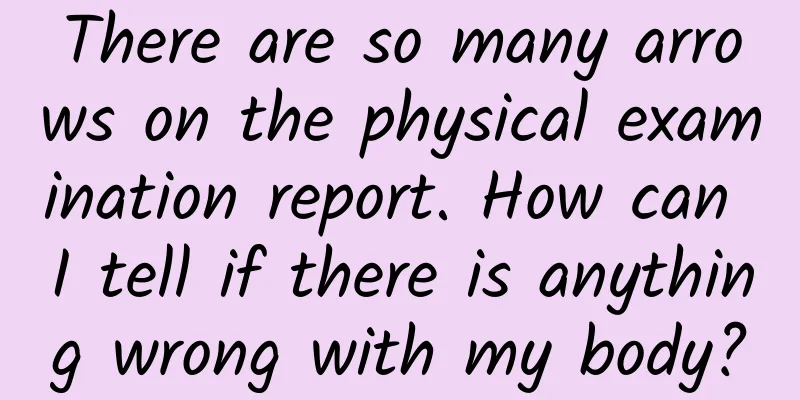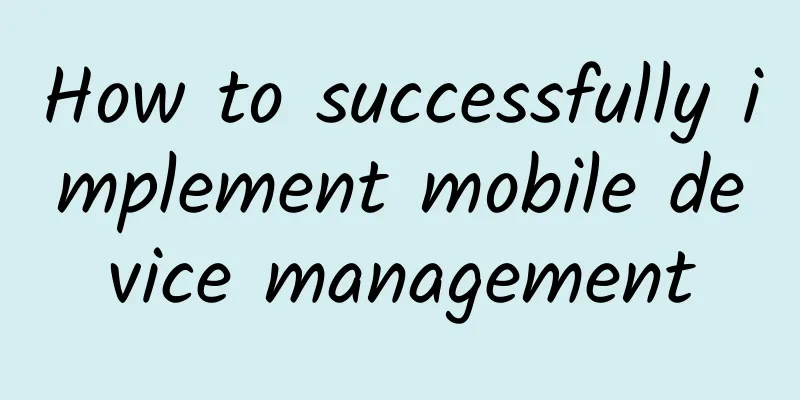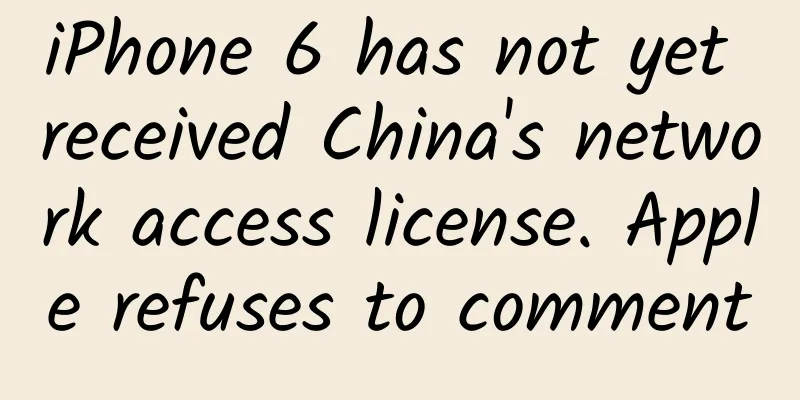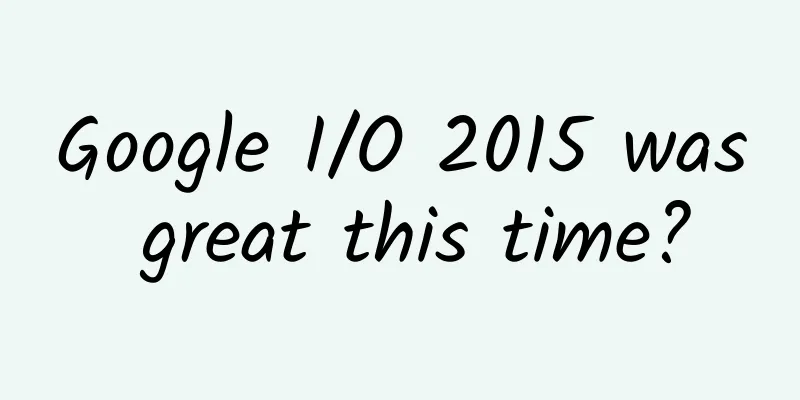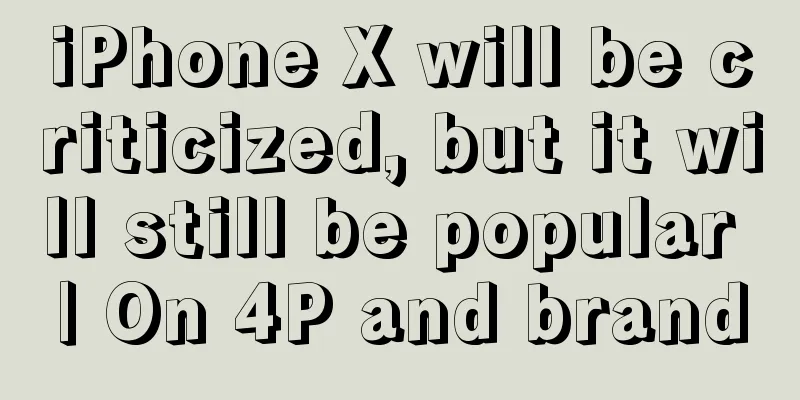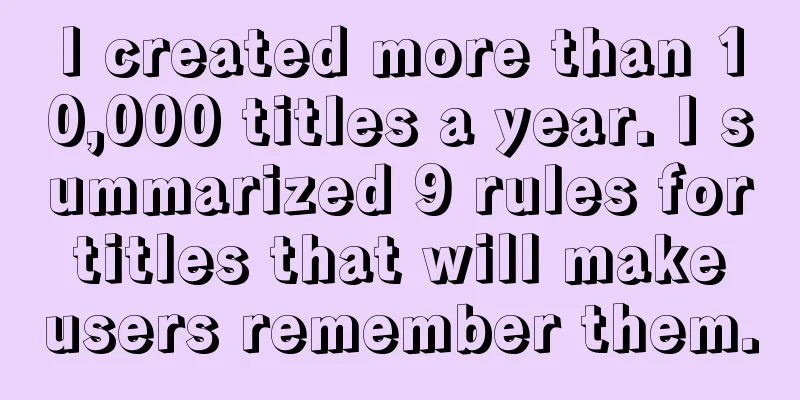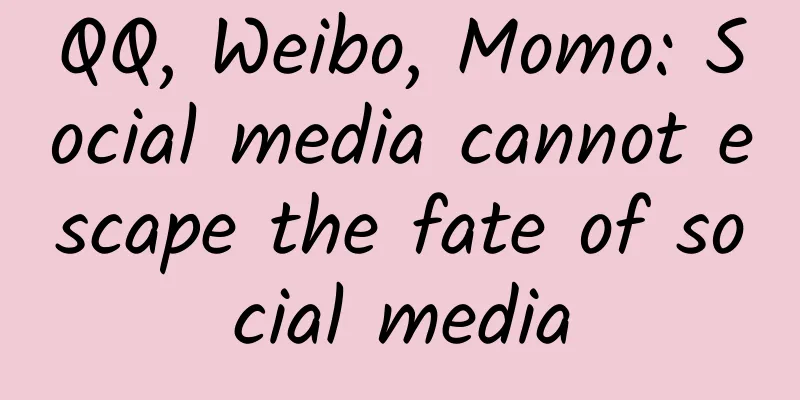Android L update is coming but when can you enjoy it?
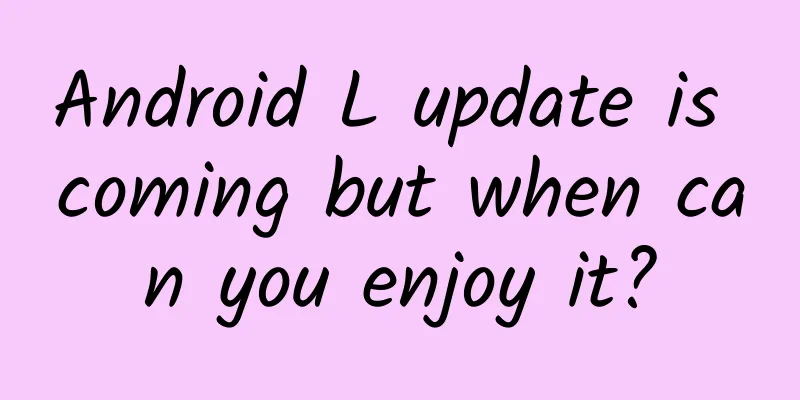
|
After Apple releases iOS 8, users can upgrade immediately and enjoy the latest system. Although iPhone 4s may experience slow application speed, animation frame drops, and poor application adaptation after upgrading, for many people, this is a tolerable compromise. Next month, Google will also release its biggest update in recent years, Android L (5.0). The question is, how many devices can get the update in time? Nexus, Android One, and Moto X (G) should be able to get the system update first, but their market share is very small. For most Android users, Android L upgrade will be a slow process, depending on the manufacturer and third parties, and some users will see their devices being ruthlessly abandoned. Due to the openness of Android, this situation is almost unavoidable and will happen again every time the system is updated. Google once tried to solve this problem. As early as 2011, Google announced an upgrade alliance with major manufacturers, requiring them to upgrade to the new system within 18 months. However, this plan failed without any suspense. Now, Google has adopted a new strategy, downplaying system upgrades and shifting the focus to service upgrades. Specifically, it is to gradually separate Google applications from the system itself. At the same time, the functions of Google Play Services have been greatly expanded to include a large number of system-level APIs. Since Google Play Services is completely controlled by Google and is automatically upgraded, Google can allow as many users as possible to enjoy Google services as soon as possible without waiting for system upgrades. At the same time, this has also become a means for Google to control the Android ecosystem. When a large number of system-level APIs are transferred to Play Services, manufacturers and developers rely more on Google. Ars Technica once showed the status of Android upgrades in a list. From this, we can see that Play Service contains a large number of important APIs, including maps, games, location APIs, and many other important functions, including malware scanning, in-app payments, remote cleaning, and so on. At this year's Google I/O conference, Android director Sundar Pichai also emphasized the importance of Google Play Services and said that it will be updated every six weeks. Therefore, when Android L is officially released, even if users cannot get system updates in time, they can still enjoy updates on many services. However, service updates are not system updates after all, and some important aspects cannot be taken into account. Starting from Android L, a new software operating environment ART will replace the original Dalvik, which will make the software run more smoothly, and this must be achieved through system updates. In addition, Washington Post learned that in the new system to be released next month, all data will be encrypted by default, making personal information more secure. The question is, how many people will be able to enjoy the benefits of the new system in time? Technology blogger John Gruber commented, "This is great news for everyone, but how long will it take for most Android users to be on Android L or higher? Five years?" Perhaps there is no need to be so pessimistic. From the current situation, the Android upgrade problem has improved. Android 4.0 was released in October 2011. According to the latest data from Google, 87.9% of devices are running Android 4.0 or higher, which is a gap of three years. In addition, Android 4.1 (Jelly Bean) was released at the end of June 2012, and its current market share is 53.8%. Optimistically speaking, most Android users should upgrade to Android L within two years. However, Google only counts mobile devices that access the Google Play Store. If we include other Android devices, the situation will be much worse. As a winner of Toutiao's Qingyun Plan and Baijiahao's Bai+ Plan, the 2019 Baidu Digital Author of the Year, the Baijiahao's Most Popular Author in the Technology Field, the 2019 Sogou Technology and Culture Author, and the 2021 Baijiahao Quarterly Influential Creator, he has won many awards, including the 2013 Sohu Best Industry Media Person, the 2015 China New Media Entrepreneurship Competition Beijing Third Place, the 2015 Guangmang Experience Award, the 2015 China New Media Entrepreneurship Competition Finals Third Place, and the 2018 Baidu Dynamic Annual Powerful Celebrity. |
<<: Is it worth upgrading old devices to iOS 8? Security should not be ignored
>>: International Food Information Council: 2023 Food and Health Survey Report
Recommend
Will poverty households be eliminated in 2022? Can we still enjoy preferential policies in 2022 after getting rid of poverty?
By the end of 2020, my country had basically achi...
Seven Paint's "Tiktok from Novice to Elite Practical Training Camp" takes you to master Tiktok account operations
SEVEN paint · 2022 TIKTOK practical training camp...
Milestone! NASA probe touches the sun for the first time
According to the latest news from foreign media, ...
Create an APP in four months from zero foundation
[[132473]] OK, actually, my title is a bit mislea...
User operation: AARRR user model and traffic pool model explained in detail!
1. What is the AARRR user analysis model? AARRR i...
How to create creative maternal and child advertising on Douyin? Learn about the 5 key words
How to do maternal and infant marketing on Douyin...
How to write a crisis public relations plan?
Introduction: Behind every event, there is a trut...
Foshan Distribution Mini Program Mall, what are the functions and advantages of the WeChat Mini Program distribution function?
Usually, if stores want to attract a highly stick...
Chen Qingtai: The shortage of raw materials such as cobalt and nickel has become a major risk in the development of new energy vehicles
"The global lithium, cobalt and nickel resou...
Industrial Big Data: Workshop IoT Data Management
In the article "Re-cognition of Manufacturin...
Big news! WeChat suddenly released the "WeChat Index" last night: a must-read for operators, advertisers laughed, Baidu cried again...
Just last night, something happened that had far-...
The best way to fight aging is not retinol, but...
Compiled by: Gong Zixin Retinol Can be called the...
How can a novice quickly get started writing promotional copy?
01. How can a novice quickly get started in writi...
Is it better to cut your nails into a square or round shape? Most people probably cut their nails wrong
In our daily lives, nail trimming seems to be a t...
Tell your parents! Huaxi doctors: Using these bags to store food can really cause food poisoning
The old-style pickled cabbage of 315 is still fre...
